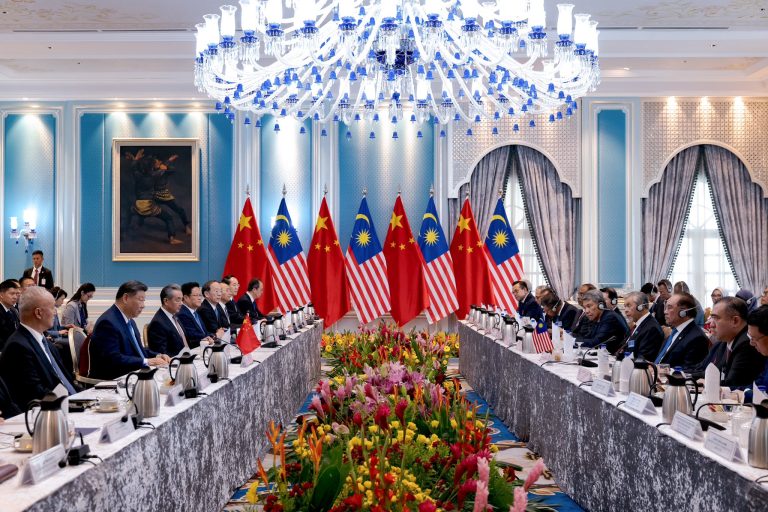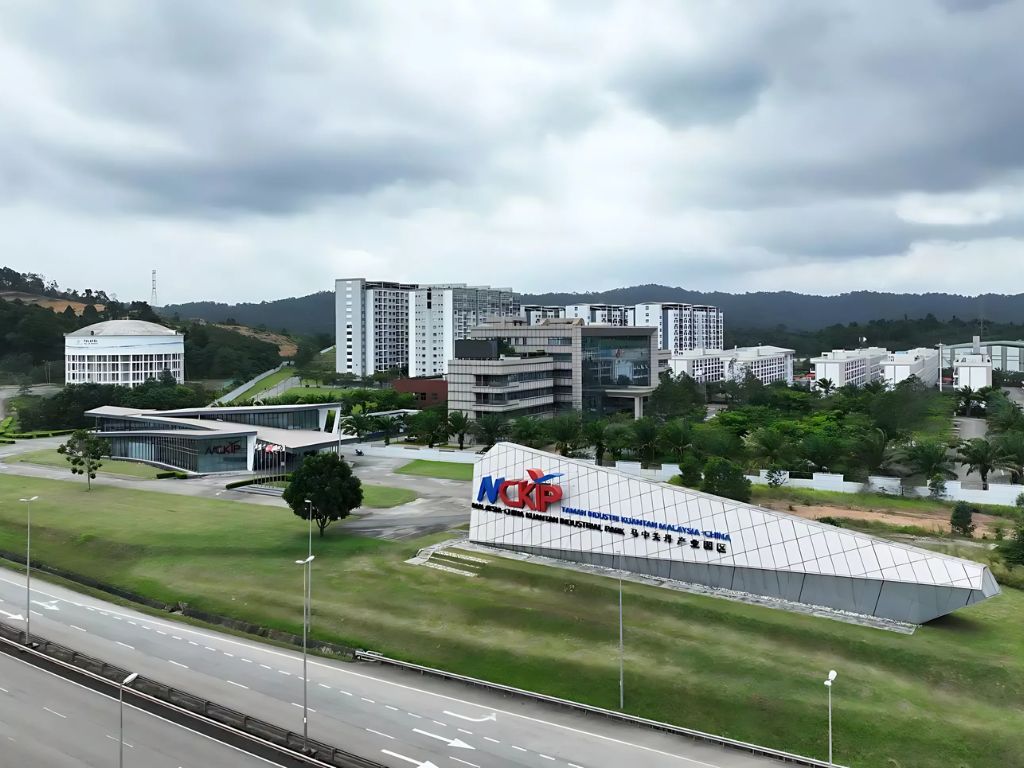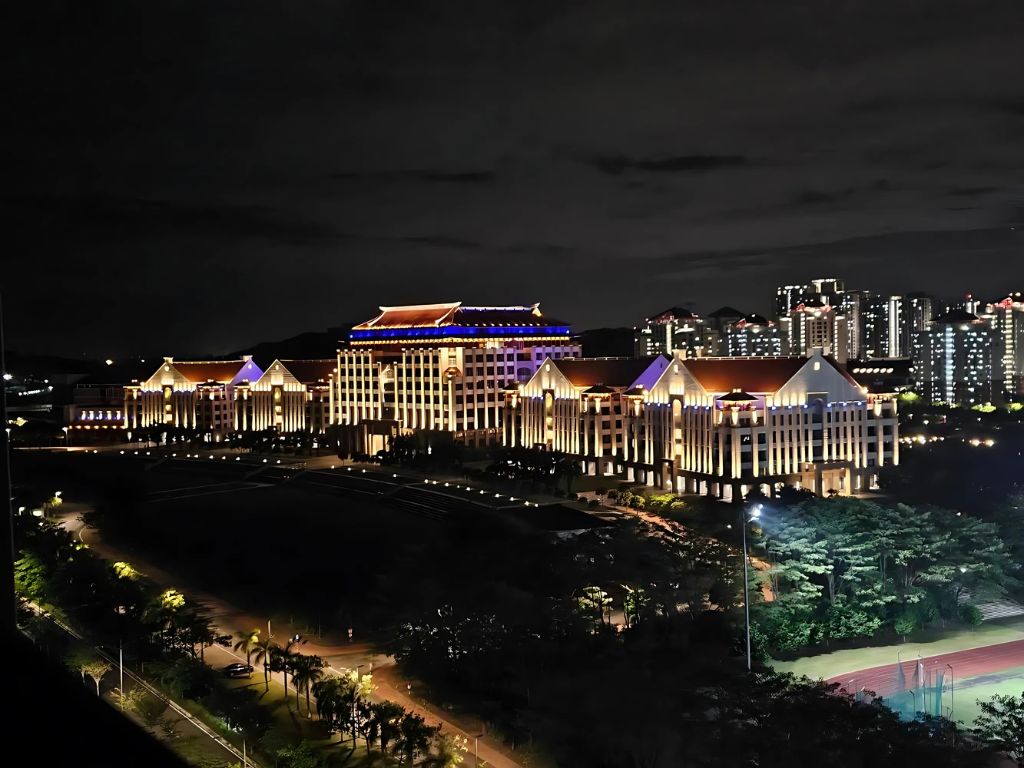
The historic signing of 31 MOUs between Malaysia and China is more than just a political milestone — it’s a potential game changer for the Malaysian property landscape.
But let’s be honest. With so many agreements flying around, not all will hit the ground running right away. So here’s the real estate lens:
Which MOUs are most likely to create ripple effects in our property market — and how should we prepare for them?
Let’s break it down. These are the Top 5 MOUs you should care about if you’re a buyer, seller, developer, agent, or investor.
1. Visa-Free Travel Agreement (Mutual Exemption for Ordinary Passports)

What it is:
Malaysia and China now allow visa-free travel between both countries for short-term stays.
What it means for us:
This is a huge boost for tourism, business travel, and cross-border property interest. We can expect:
- More Chinese tourists exploring KLCC, Penang, and Sabah
- Increased short-term rental demand (Airbnb, serviced residences)
- Greater interest in holiday homes and MM2H properties
- A new wave of Chinese buyers attending property launches in-person
Where to watch: KLCC, Mont Kiara, Genting, Penang, Kota Kinabalu
2. China–Malaysia Railway Sector Cooperation

What it is:
China’s National Railway Administration will work with Malaysia’s Transport Ministry to expand collaboration — likely tied to the East Coast Rail Link (ECRL).
What it means for us:
The ECRL is set to transform connectivity between the Klang Valley and the East Coast. With China reaffirming its commitment, this MOU signals:
- Confidence in completing the 665km mega project by 2028
- Potential new railway-linked townships
- Booming property demand in Bentong, Temerloh, Dungun, Kota Bharu
- Better logistics access to Kuantan Port — ideal for industrial real estate
Where to watch: Kuantan, Temerloh, Gombak, Kota Bharu, Selangor fringe zones
3. MoU on Smart City, AI & Digital Economy Cooperation

What it is:
Malaysia’s Digital Ministry and China’s National Development and Reform Commission (NDRC) signed two MOUs to boost collaboration in:
- AI and digital transformation
- Smart city development
- E-commerce and fintech integration
What it means for us:
Malaysia is likely to see new tech-driven property developments — think: smart homes, EV-ready condos, integrated AI infrastructure, and IoT-enabled townships.
For property professionals, this means:
- New product positioning for projects in urban tech corridors
- Fresh interest from tech-savvy foreign tenants and digital nomads
- Potential cross-border investor tie-ups from China-based tech giants
Where to watch: Cyberjaya, Bukit Jalil, TRX, Johor Medini, and Iskandar Malaysia
4. “Two Countries, Two Parks” Initiative Expansion

What it is:
A reaffirmation of the Kuantan (Malaysia) and Qinzhou (China) twin industrial park model — a cornerstone of the Belt & Road Initiative (BRI).
What it means for us:
Industrial and manufacturing zones along Malaysia’s east coast — particularly around Kuantan — may soon see:
- Increased Chinese investments in factories and warehouses
- More demand for worker housing, logistics hubs, and commercial units
- Spillover infrastructure growth (roads, ports, utilities)
Where to watch: Kuantan, Gebeng, Kemaman, and surrounding east coast towns
5. China–Malaysia Education & University Collaboration

What it is:
Two major agreements were signed:
- Joint lab between Peking University and UM for advanced materials and AI
- Establishment of China–Malaysia International Higher Education Institute (Xiamen University + UM)
What it means for us:
Education is a powerful real estate driver. When Chinese and international students come in, it naturally fuels demand for:
- Student housing
- Short-term rentals
- Tuition-centred commercial lots (cafes, bookshops, co-working)
- Mixed-use developments near campuses
Where to watch: Petaling Jaya, Sepang (Xiamen University), Bangi, Subang Jaya, KL city
Final Thoughts: Real Estate Is Always Downstream from Policy
At ARK United Realty, we’ve always believed that real estate reacts fastest to government policy and foreign capital flow. These MOUs show that Malaysia is serious about positioning itself as a strategic partner to China — in trade, education, technology, and tourism.
And when the big players shake hands, the savvy investors start planning.
What You Can Do Now:
- Landlords: Prep your units for a new wave of Chinese tourists, students, and tenants
- Investors: Consider areas with direct exposure to smart city growth, railway projects, and industrial corridors
- Developers: Reevaluate positioning — green tech, smart systems, and mixed-used formats will appeal more moving forward
- Agents: Build your Mandarin-speaking team, optimize listings for overseas Chinese buyers, and tap into MM2H leads
Why is Malaysia a rising hotspot for Chinese buyers? See this… Malaysia Becomes Top Property Choice for China’s Ultra-Rich in 2025
Disclaimer: This article is for informational purposes only. The actual implementation and impact of the MOUs depend on future government action and market dynamics. Data sourced from BERNAMA and Prime Minister Datuk Seri Anwar Ibrahim’s Facebook post.